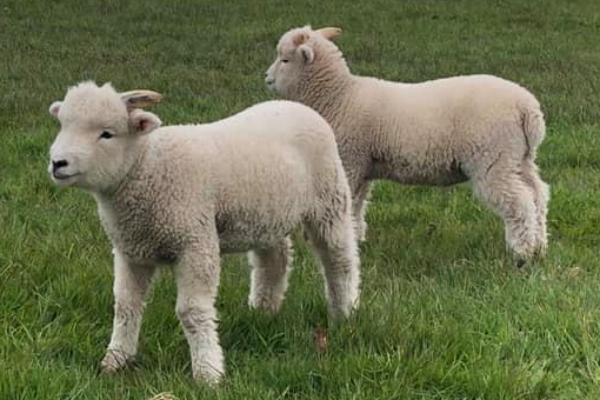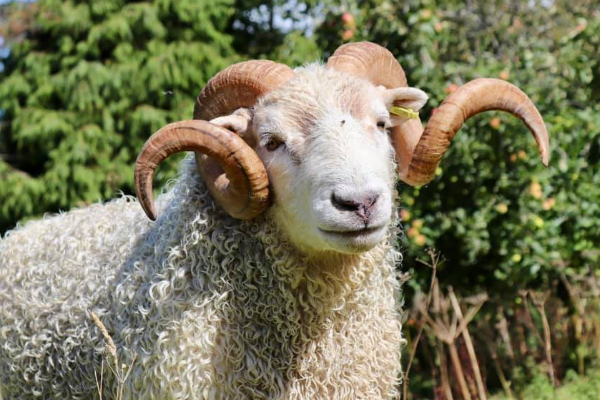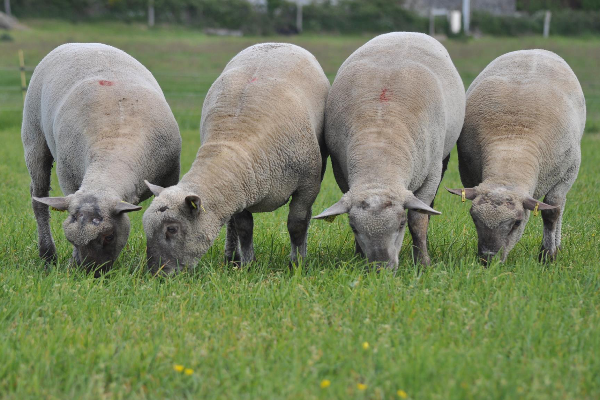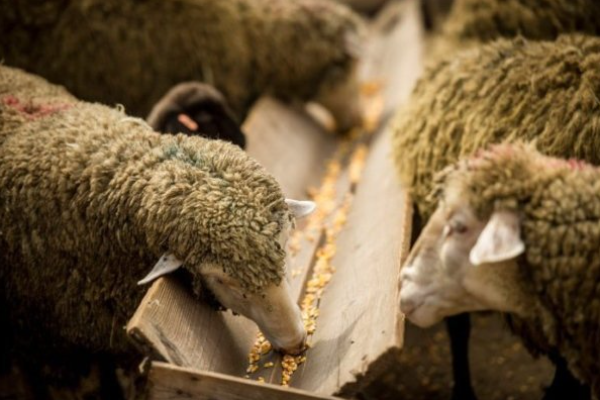Latxa Sheep
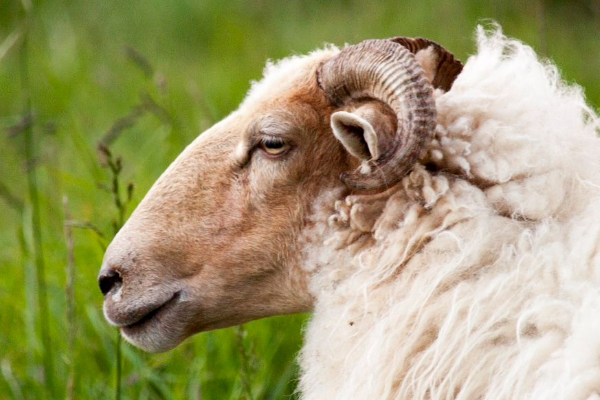
What Is The History Of Latxa Sheep?
The Latxa breed (also known as Manech in France) is a dairy sheep breed, native from the Basque Country of Spain. Latxa sheep are also known as Blondofaced Lacco in the Spanish Pyrennes. The origin of the Latxa word is from the Basque language where it means ''enough''.
Mostly contained within the provinces of Biscay, Gipuzkoaand Navarre, Latxa are dairy sheep whose unpasteurized milk is used to produce Idiazábal and Roncal cheeses.
There are two ecotypes can be distinguished: Blond-faced (Cara Rubia) and Black-faced (Cara Negra), that are specially differentiated by their skin colour. Black-faced are slightly larger animals.
What Are The Characteristics Of Latxa Sheep?
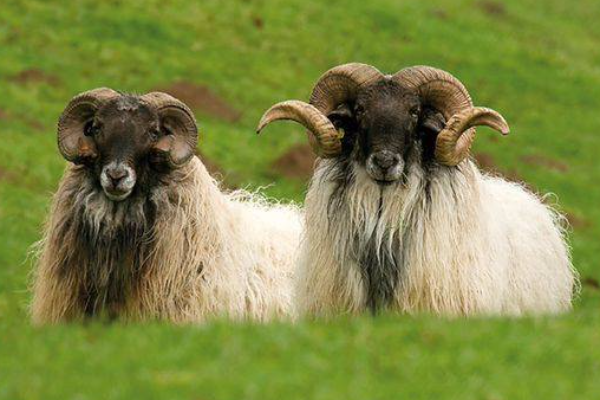
The Latxa reproduction system is traditional. Approximately 43% of the shepherds do not breed the ewe lambs and as consequence the average age at first lambing is around 20 months.
Latxa have a seasonal lactation cycle which does not produce as great a volume of milk as other dairy breeds.
The length of milking period is between the range of 130 and 140 days and produce 150 kg of milk, which contains % 5.8 fat and % 5.1 protein.
The milk yield is the most important aspect in the economical output of Latxa breed. 95% of milk produced is transformed into cheese. The 60% of this cheese is protected by the Idiazabal cheese Mark of Origin which establishes some constraints, like the breed and the geographic area of production.
Latxa breed is based on the seasonal use of mountain pastures.
The Latxa breed is a medium- or small-sized, with horns, ribbon, and with a peculiar and long tuft of wool.
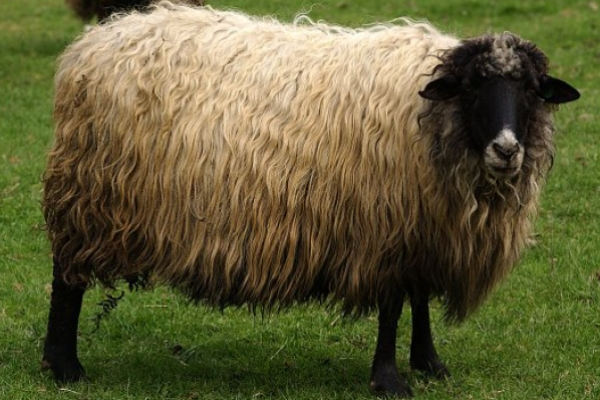



The fleece is white, the head and limbs have different coloration depending on the variety. The head profile is straight or subconvex. They have medium-sized and horizontal ears.
Latxa ewes are polled or have short horns, while rams always possess long, spiral horns.
The fertility increases with the age, reaching its maximum value when the ewes are 4-5 years old.
Birth weight is 5.1 kg. for single lambing and 4.2 kg. for twin lambing, and higher for the males than for the females.
Lamb growth rate is 250 gr per day.
Weaning occurs around 30 to 45 days, after that, lambs are slaughtered, when they have a live weight of 15-19 kg.
Recently some Spanish farmers have begun to use hybrid Assaf or Romanov sheep to improve the Latxa breed.
What Is The Weight Of A Mature Latxa Sheep?

The Latxa rams weigh approximately 75 to 80 kg and Latxa ewes about 45 to 50 kg.
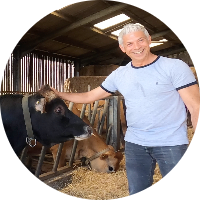
Written by
H Cetin KATIRCI
Online ShepherdBreedsMore
IllnessesMore
Forage cropsMore
![]() Патологическая физиология голодания Arina TARAN
Патологическая физиология голодания Arina TARAN![]() Дефицит фосфора (гипофосфатемия) Hipofosfatemi Arina TARAN
Дефицит фосфора (гипофосфатемия) Hipofosfatemi Arina TARAN![]() Какие бывают кормораздатчики для ферм КРС? Irina Makarova
Какие бывают кормораздатчики для ферм КРС? Irina Makarova![]() Кормушки для овец Diana Myakisheva
Кормушки для овец Diana Myakisheva![]() Питание домашних коз: что едят, виды корма и правила кормления Alina Arslantürk
Питание домашних коз: что едят, виды корма и правила кормления Alina Arslantürk![]() Важность минералов питании сельскохозяйственных животных Irina Makarova
Важность минералов питании сельскохозяйственных животных Irina Makarova



